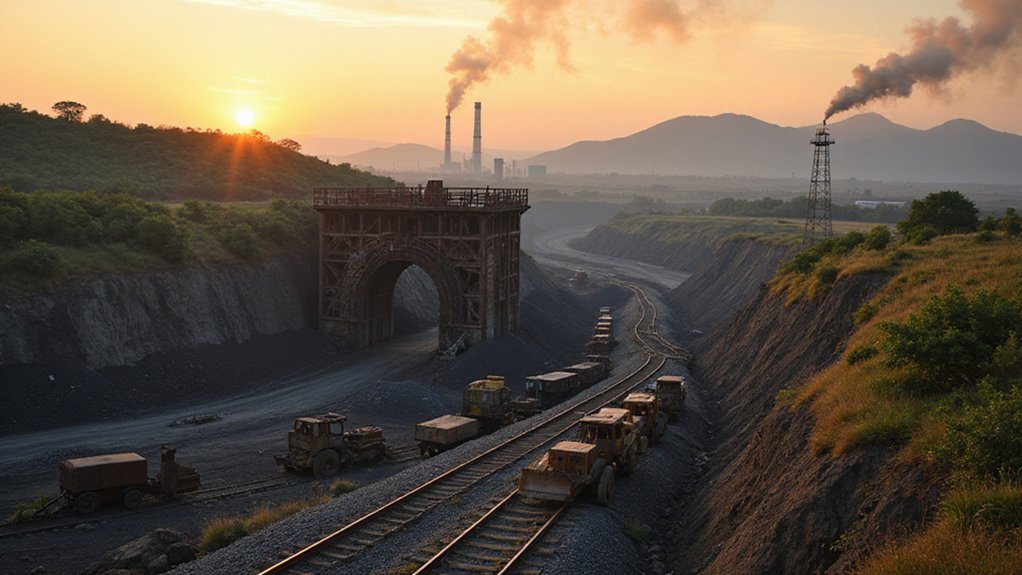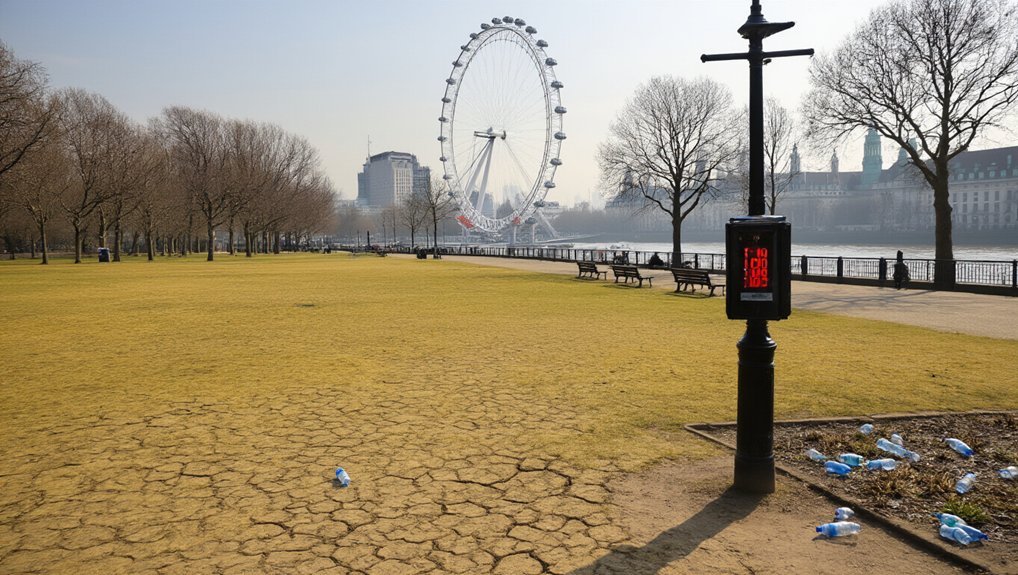India just reopened 34 underground coal mines that were supposedly dead and buried. The government’s handing these zombie mines to private companies, claiming it’ll create jobs and boost the economy. Meanwhile, the rest of the world’s pushing solar panels and wind turbines. India’s goal? Triple production to 100 million tonnes by 2030. Green energy advocates are fuming, but India’s prioritizing energy security over environmental promises. The coal boom’s just getting started.
India is digging up its past. The Ministry of Coal is breathing life into 34 dead underground mines, handing them over to private companies like party favors. These mines weren’t empty—they just became too expensive or technically challenging to run. Now, with shiny new technology and a desperate need for more coal, they’re back in business.
The math is simple. India’s economy is growing. Growing economies need energy. Energy means coal. Sure, the world’s talking green shift, but India’s talking about coal gasification and “cleaner” ways to burn the black stuff. The government’s even created new policies that basically say: produce coal fast or face penalties. No pressure.
Growing economies need energy. Energy means coal. Green shift can wait.
Here’s the kicker—out of 299 mines identified for closure over the past 16 years, only three have actually been formally shut down. Three. The rest are sitting there, technically “discontinued” but really just waiting for their comeback tour. It’s like declaring bankruptcy but keeping all your credit cards active, just in case.
The government spins this as job creation for local communities. Fair enough. People need work. But let’s not pretend this is about environmental stewardship. These zombie mines are getting second lives because India wants to stop importing coal and boost domestic production. Energy security trumps climate pledges, apparently. The real winners here are private companies who can achieve profitability by paying workers just 20-25% of CIL’s labor costs.
What’s clever—or cynical, depending on your view—is using existing mine infrastructure. No need to tear up new land when you can just reopen old wounds. The technology that made these mines unprofitable decades ago? Obsolete now. Modern extraction methods make previously “unviable” reserves suddenly very viable indeed. But this revival comes at a cost—underground mining expansions plan to triple production capacity to 100 million tonnes by 2030, despite serious worker safety concerns.
The formal closure process remains a joke. Eight mines out of 299 even bothered applying for closure as of last August. Why close when you can postpone indefinitely? Environmental restoration can wait. Coal can’t.
India’s betting that reviving these dormant mines will help match its economic ambitions. The coal sector’s gearing up for a busy 2025, with exchange launches and trading enhancements on the horizon. While the world pivots to renewables, India’s doubling down on its dirtiest commodity. This approach directly contradicts global trends where renewable portfolio standards are encouraging utilities to adopt greener energy sources. Sometimes pragmatism looks a lot like stepping backward.
References
- https://carboncopy.info/digging-deep-inside-coal-indias-push-to-reopen-abandoned-underground-mines/
- https://drilled.media/news/india-coal-country
- https://www.indiaspend.com/earthcheckindia/unfinished-business-indias-coal-mine-closure-crisis-threatens-just-transition-945963
- https://www.business-humanrights.org/en/latest-news/india-only-3-of-299-coal-mines-formally-closed-in-16-years-despite-just-transition-commitments/
- https://economictimes.com/industry/indl-goods/svs/metals-mining/indias-coal-industry-set-for-major-action-in-2025-trading-exchange-output-boost-on-high-priority-list/articleshow/116702763.cms








